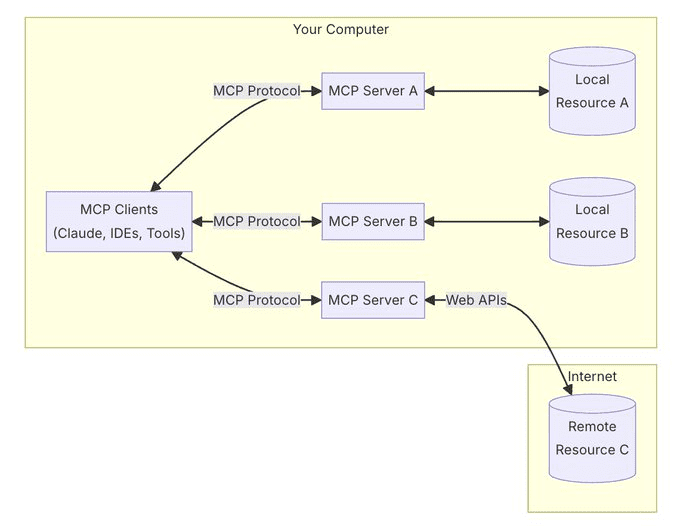Best practices for writing prompts in Copy.AI workflows
Construction of the cue
Good hints generally begin by stating relevant data or context and end with specific instructions for action. Doing so gives the AI a clear understanding of the information that must be processed before understanding how it should be utilized.
Example: If you want the AI to create a short story about Captain Hook, a tropical fruit-loving pirate, your prompt might be set up like this:
DATA: Captain Hook is a pirate with a passion for tropical fruit. Directive: Write a short story centered around Captain Hook's adventures in search of a legendary tropical fruit.
Use of affirmative instructions
Positive commands are more effective in guiding the AI than negative forms. it provides the AI with a clear direction when you specify the desired outcome. Negative instructions sometimes leave the AI with too much uncertainty.
Example: Instead of: don't use complex vocabulary in stories
How about direct instruction: write stories in simple and accessible language.
Explicit verb use
The use of precise descriptive verbs can better guide the AI so that the results are more in line with expectations. Depending on the context, a universal action like 'write' may be understood in multiple ways.
Example: Instead of: give the story an ending
It might be a good idea to be more specific, e.g.: conceptualize an ending to the story that is full of adventure elements.
One Sheet Test
Like humans, AIs also need clear, context-rich instructions. If other people can understand your intentions based solely on the instructions you write on a piece of paper, it's likely that AI can do the same.
Example: Imagine a piece of paper you leave behind that says: Write about the adventures of Captain Hook.
A person might wonder: what kind of adventure? Where does it take place? What is the atmosphere? If you give more background information: write a humorous short story featuring Captain Hook's adventures in the Caribbean searching for legendary tropical fruits.
Both humans and AIs can create works that are more in line with expectations based on these detailed contexts.
Clarification of specific requirements
Being specific about your requirements, such as format or style, from the start can help you get the desired output.
Example. If you need a bulleted report summary, please specify this in your instructions.
Instead of just saying summarize the report, say please summarize the report in bulleted form.
Avoid duplicate tags
When providing data to AI, make sure that each piece of data is uniquely identified to prevent any confusion or incorrect analysis.
Example. If you have sales data on hand from different years, instead of labeling them just as 'Sales 1', 'Sales 2', etc., they should be clearly labeled as 'Sales 2019', 'Sales 2020', etc.
Experiment with different words or sayings
If your initial instruction does not yield the desired result, try giving the same instruction in another word or another expression.
Example. If the "Summary Report" does not provide the depth of information you need, try "Provide a detailed overview of the report".
Use of "comprehensive" or "transformative" language
This type of wording can help guide the AI to strategically process your commands.
Example. If the usual directive, "Write a story about a haunted house," is met with a clichéd response, you can use transformative wording, such as "Re-imagine the story of the haunted house from the perspective of a ghost."
Instructions should be detailed and clear
Making detailed and coherent requests to the AI will result in the most comprehensive answers.
Example. Rather than simply requesting an article, detailed instructions such as "Write an informative article about the impact of climate change on biodiversity over the past decade" can provide AI with richer content, tone and direction.
© Copyright notes
Article copyright AI Sharing Circle All, please do not reproduce without permission.
Related posts

No comments...




